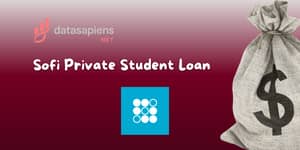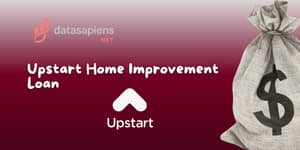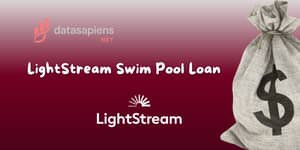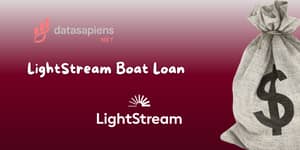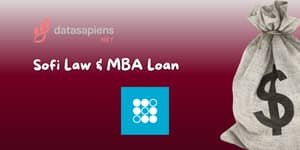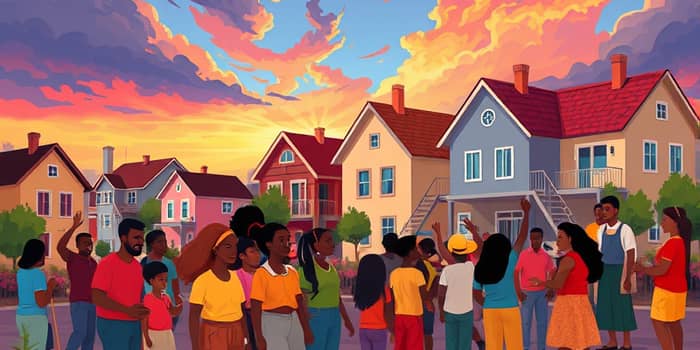
In the wake of crises that upend lives, it’s crucial to know your rights and options. When floods, hurricanes, earthquakes, or wildfires strike, the path to recovery can feel overwhelming. However, special forms of financial relief exist to cushion the blow and help restore stability. This article guides you through every step of requesting hardship concessions in federally declared disaster areas.
By understanding the regulations, eligibility requirements, and available resources, you can access penalty-free hardship withdrawals, grants, and loans designed to ease your burden. Let’s explore how to navigate these provisions and emerge stronger.
Natural disasters encompass a wide range of catastrophes—hurricanes, tornadoes, earthquakes, volcanic eruptions, landslides, snowstorms, droughts, fires, floods, and more. When such events are severe, the President may issue a disaster declaration to unlock federal support. This declaration triggers a network of agencies—including FEMA and the SBA—to deploy resources.
Under the Stafford Act, federal aid supplements state and local efforts, addressing the devastating aftermath of natural disasters. Meanwhile, the IRS offers relief under Section 139, allowing certain disaster relief payments to remain tax-free, providing an extra layer of support when you need it most.
Before applying, ensure you meet all criteria. Assistance is reserved for individuals and businesses whose primary residence or operations lie within a Presidentially declared disaster zones. You must be a U.S. citizen, non-citizen national, or qualified alien, and demonstrate that your home was damaged, inaccessible, or uninhabitable.
To apply for FEMA grants, call the FEMA Disaster Helpline at 1-800-621-FEMA (3362) or apply online at DisasterAssistance.gov. For hearing or speech assistance, dial 1-800-462-7585. SBA disaster loans require contacting your local SBA office or calling 1-800-488-5323.
Federal disaster relief is multifaceted, offering tailored support for individuals, families, small businesses, and nonprofit organizations. Common forms include:
Additionally, those in a FEMA-declared zone may qualify for hardship distributions from retirement plans (401(k), 403(b)). These penalty-free hardship withdrawals can cover uncovered living expenses, repairs, and lost income.
Nonprofits and charitable organizations may also offer tax-exempt disaster relief payments to affected employees or the public, provided they meet IRS charitable class requirements.
Time is of the essence. Early submission accelerates your relief and helps agencies allocate resources effectively. Don’t hesitate to seek assistance from local disaster recovery centers or nonprofit groups offering application support.
Federal disaster relief is grounded in legislation and tax code. The Stafford Act defines eligibility and repeals cost-sharing constraints, while IRS Code Section 139 excludes qualified disaster payments from taxable income. These laws underscore a national commitment to resilience and recovery.
Globally, over 2.6 billion people have been affected by natural disasters in the past decade, highlighting the scale of vulnerability and the critical need for streamlined assistance. By leveraging hardship concessions, communities can rebuild faster and stronger, transforming tragedy into an opportunity for renewal.
Recovery is more than repairing structures; it’s about restoring hope. Navigating federal programs may seem daunting, but with the right information and perseverance, you can access vital resources. Stand firm in your right to aid, gather your evidence, and reach out—your resilience fuels the collective recovery.
In the aftermath of any disaster, remember: you are not alone. Federal hardship concessions exist to support your journey back to stability. Take these steps today, and ignite the path toward a brighter tomorrow.
References






